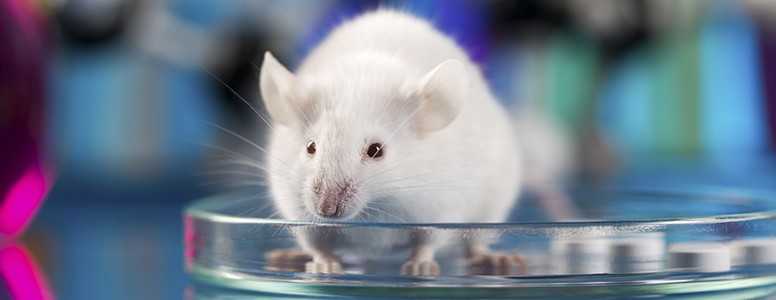A new drug prevents type 1 diabetes in mice, a study suggests.
The research, conducted at Stanford University School of Medicine, may be applicable to humans, at least to some extent, potentially leading to better treatments for type 1 diabetes.
Type 1 diabetes develops largely because of a build-up of a substance called hyaluronan in the pancreas during the pre-symptomatic stage. When the researchers used the drug hymecromone, or 4-methylumbelliferone (4-MU), to prevent this substance from accumulating, insulin-producing beta cells in the pancreas were not damaged, and type 1 diabetes was unable to develop.
The researchers examined the levels of many different substances involved in pancreatic tissue. Hyalurona, they noticed, was particularly prevalent near the pancreatic beta cells in newly-diagnosed type 1 diabetes patients.
However, this did not necessarily mean that hyaluronan caused the development of type 1 diabetes; there may have merely been a correlation. To determine a causal link, the researchers examined a strain of lab mouse with an immune system designed to attack pancreatic beta cells, making type 1 diabetes inevitable. These mice were compared to mice who develop a version of type 1 diabetes more similar to humans’.
Both types of mice developed hyaluronan around the islet cells. There was a large hyaluronan spike at first, which eventually trailed off, suggesting that the build-up only affects people newly-diagnosed with type 1 diabetes.
“We wondered what would happen if we prevented that build-up,” said Paul Bollyky, Assistant Professor of Infectious Diseases at Stanford University School of Medicine, and senior author of the study. “And we knew a drug that does that.”
4-MU is currently used in Europe and Asia to treat spasms related to gallstones. It has an excellent safety record and is inexpensive.
“It’s even approved in Europe for kids,” Bollyky added.
The researchers gave 4-MU to some mice during the window of time when the immune cells are infiltrating the islet cells, but have yet to destroy them. Other mice did not receive 4-MU. The group that received 4-MU treatment did not develop high blood glucose levels, keeping them diabetes-free for a year. The other group, which did not receive 4-MU, did develop type 1 diabetes.
Suppressing hyaluronan was only effective for treating newly-diagnosed type 1 diabetes, however, while the beta cells still retain some function. In people who have had type 1 diabetes for many years, the beta cells are already destroyed; suppressing hyaluronan cannot bring them back.
If the findings translate to humans, a similar treatment could be developed. Ideally this treatment would prevent the development of type 1 altogether, but, if this isn’t possible, the findings could lead to effective new treatments.
The findings were published in the Journal of Clinical Investigation.
What's new on the forum? ⭐️
Get our free newsletters
Stay up to date with the latest news, research and breakthroughs.





